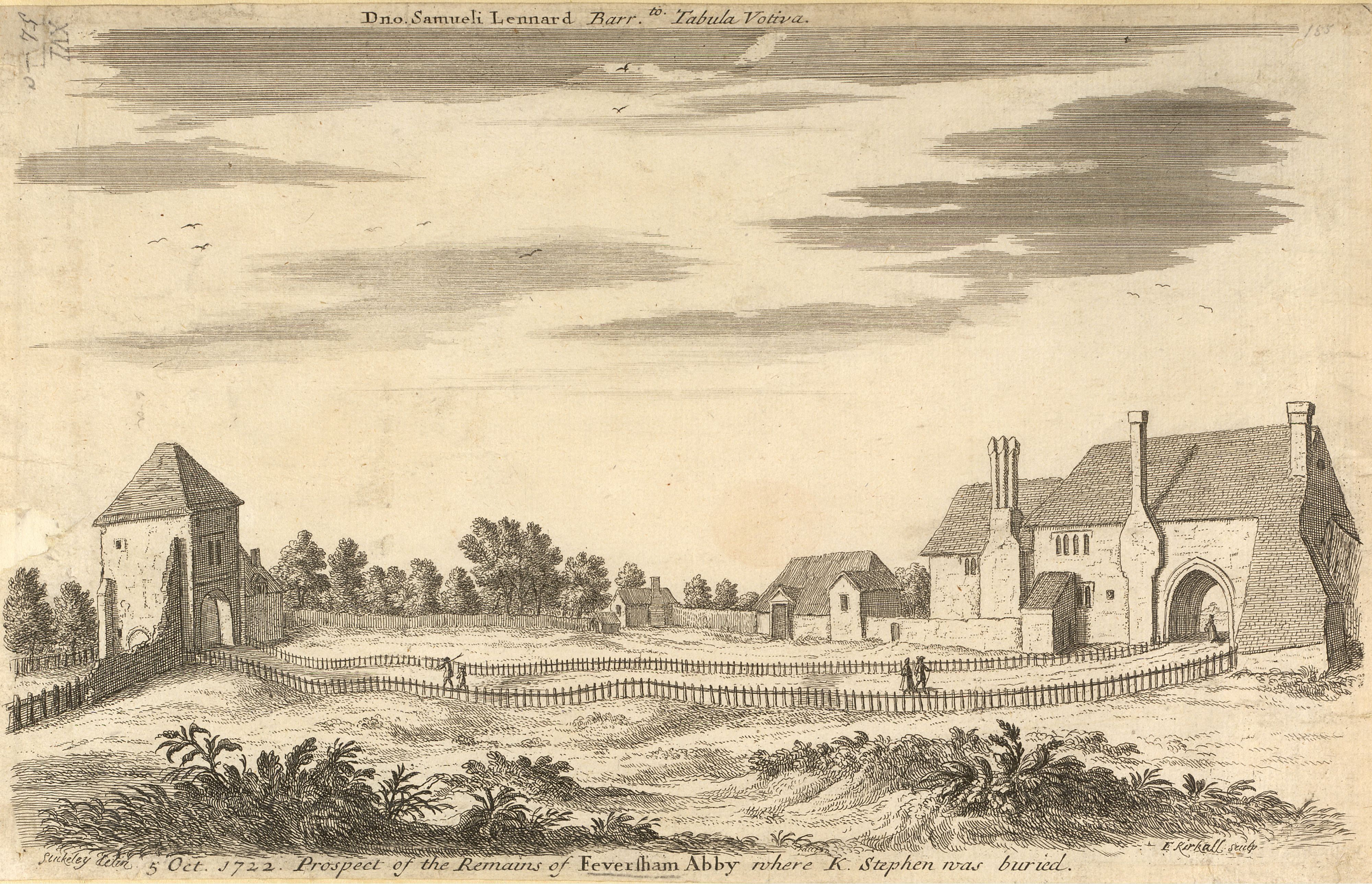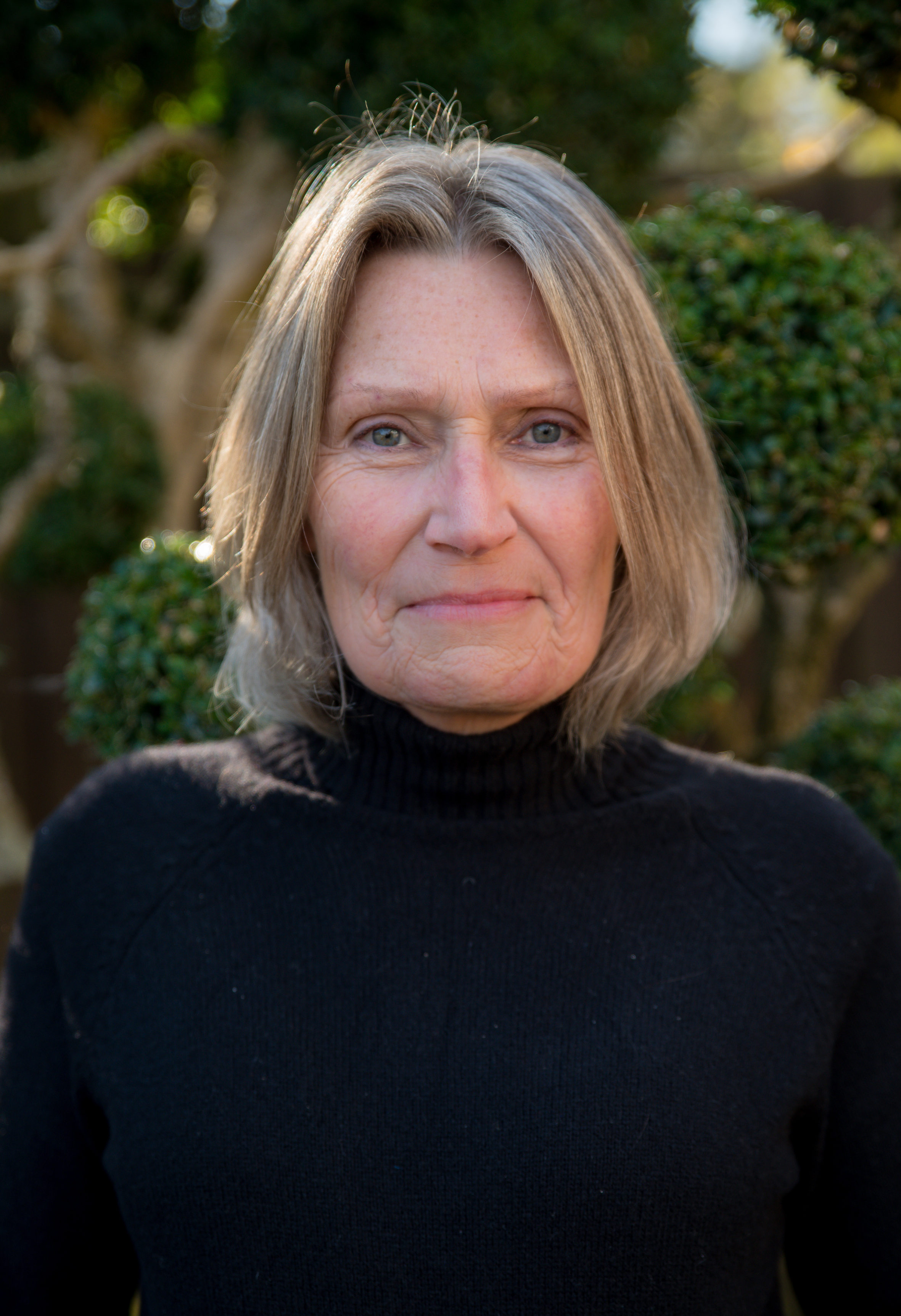|
Alice Kirkby Goyder
Alice Kirkby Goyder, or Alice Kirkeley Goyder, (8 December 1875 – 20 February 1964) was a British artist known for her depictions of animals and landscapes, in both paintings and etchings. Biography Goyder was born in Bradford in West Yorkshire, and was one of the four children born to a local physician and his wife who was from Ripon. Goyder studied at the Bradford School of Art and after a spell in London, returned to Bradford. Goyder also took lessons at the art school established by Louise Jopling. Goyder painted animal figures and also landscapes in both oils and watercolours, while also working in drypoint, etching and with woodcarvings. She won a silver medal at the 1897 Women Artist's Exhibition. Between 1899 and 1939 she was a regular exhibitor at the Royal Academy in London and also had a long exhibition record with the Society of Women Artists from 1900 to 1953. She also exhibited at the Walker Art Gallery in Liverpool and was an active member of the Bradford Arts C ... [...More Info...] [...Related Items...] OR: [Wikipedia] [Google] [Baidu] |
Bradford
Bradford is a city and the administrative centre of the City of Bradford district in West Yorkshire, England. The city is in the Pennines' eastern foothills on the banks of the Bradford Beck. Bradford had a population of 349,561 at the 2011 census; the second-largest population centre in the county after Leeds, which is to the east of the city. It shares a continuous built-up area with the towns of Shipley, Silsden, Bingley and Keighley in the district as well as with the metropolitan county's other districts. Its name is also given to Bradford Beck. It became a West Riding of Yorkshire municipal borough in 1847 and received its city charter in 1897. Since local government reform in 1974, the city is the administrative centre of a wider metropolitan district, city hall is the meeting place of Bradford City Council. The district has civil parishes and unparished areas and had a population of , making it the most populous district in England. In the century leadin ... [...More Info...] [...Related Items...] OR: [Wikipedia] [Google] [Baidu] |
Orford, Suffolk
Orford is a village with historic town status in Suffolk, England, within the Suffolk Coast and Heaths AONB. It is located east of Woodbridge. History Like many Suffolk coastal towns it was of some importance as a port and fishing village in the Middle Ages. It has a mediaeval castle, built to dominate the River Ore and a Grade I listed parish church, St Bartholomew's. The castle was built as a royal castle built by Henry II in the period 1165-1173 as an assertion of monarchical power in the region. Although the castle became less important after the king's death in 1189, the importance of Orford as a port grew. By 1200 its level of trade exceeded that of nearby Ipswich. Henry III granted Orford its first charter and the town returned a member of parliament in 1298, although it did not function as a constituency throughout the 14th century. Local amenities The population of Orford greatly increases during the summer months, partly due to its flourishing sailing club. In comm ... [...More Info...] [...Related Items...] OR: [Wikipedia] [Google] [Baidu] |
Artists From Bradford
An artist is a person engaged in an activity related to creating art, practicing the arts, or demonstrating an art. The common usage in both everyday speech and academic discourse refers to a practitioner in the visual arts only. However, the term is also often used in the entertainment business, especially in a business context, for musicians and other performers (although less often for actors). "Artiste" (French for artist) is a variant used in English in this context, but this use has become rare. Use of the term "artist" to describe writers is valid, but less common, and mostly restricted to contexts like used in criticism. Dictionary definitions The ''Oxford English Dictionary'' defines the older broad meanings of the term "artist": * A learned person or Master of Arts. * One who pursues a practical science, traditionally medicine, astrology, alchemy, chemistry. * A follower of a pursuit in which skill comes by study or practice. * A follower of a manual art, such as a m ... [...More Info...] [...Related Items...] OR: [Wikipedia] [Google] [Baidu] |
1964 Deaths
Events January * January 1 – The Federation of Rhodesia and Nyasaland is dissolved. * January 5 - In the first meeting between leaders of the Roman Catholic and Orthodox churches since the fifteenth century, Pope Paul VI and Patriarch Athenagoras I of Constantinople meet in Jerusalem. * January 6 – A British firm, the Leyland Motors, Leyland Motor Corp., announces the sale of 450 buses to the Cuban government, challenging the United States blockade of Cuba. * January 9 – ''Martyrs' Day (Panama), Martyrs' Day'': Armed clashes between United States troops and Panamanian civilians in the Panama Canal Zone precipitate a major international crisis, resulting in the deaths of 21 Panamanians and 4 U.S. soldiers. * January 11 – United States Surgeon General Luther Terry reports that smoking may be hazardous to one's health (the first such statement from the U.S. government). * January 12 ** Zanzibar Revolution: The predominantly Arab government of Zanzibar is overthrown b ... [...More Info...] [...Related Items...] OR: [Wikipedia] [Google] [Baidu] |
1875 Births
Events January–March * January 1 – The Midland Railway of England abolishes the Second Class passenger category, leaving First Class and Third Class. Other British railway companies follow Midland's lead during the rest of the year (Third Class is renamed Second Class in 1956). * January 5 – The Palais Garnier, one of the most famous opera houses in the world, is inaugurated in Paris. * January 12 – Guangxu Emperor, Guangxu becomes the 11th Qing Dynasty Emperor of China at the age of 3, in succession to his cousin. * January 14 – The newly proclaimed King Alfonso XII of Spain (Queen Isabella II's son) arrives in Spain to restore the monarchy during the Third Carlist War. * February 3 – Third Carlist War – Battle of Lácar: Carlist commander Torcuato Mendiri, Torcuato Mendíri secures a brilliant victory, when he surprises and routs a Government force under General Enrique Bargés at Lácar, east of Estella, nearly capturing newly cr ... [...More Info...] [...Related Items...] OR: [Wikipedia] [Google] [Baidu] |
British Museum
The British Museum is a public museum dedicated to human history, art and culture located in the Bloomsbury area of London. Its permanent collection of eight million works is among the largest and most comprehensive in existence. It documents the story of human culture from its beginnings to the present.Among the national museums in London, sculpture and decorative and applied art are in the Victoria and Albert Museum; the British Museum houses earlier art, non-Western art, prints and drawings. The National Gallery holds the national collection of Western European art to about 1900, while art of the 20th century on is at Tate Modern. Tate Britain holds British Art from 1500 onwards. Books, manuscripts and many works on paper are in the British Library. There are significant overlaps between the coverage of the various collections. The British Museum was the first public national museum to cover all fields of knowledge. The museum was established in 1753, largely b ... [...More Info...] [...Related Items...] OR: [Wikipedia] [Google] [Baidu] |
Faversham
Faversham is a market town in Kent, England, from London and from Canterbury, next to the Swale, a strip of sea separating mainland Kent from the Isle of Sheppey in the Thames Estuary. It is close to the A2, which follows an ancient British trackway which was used by the Romans and the Anglo-Saxons, and known as Watling Street. The name is of Old English origin, meaning "the metal-worker's village". There has been a settlement at Faversham since pre-Roman times, next to the ancient sea port on Faversham Creek. It was inhabited by the Saxons and mentioned in the Domesday Book of 1086 as ''Favreshant''. The town was favoured by King Stephen who established Faversham Abbey, which survived until the Dissolution of the Monasteries in 1538. Subsequently, the town became an important seaport and established itself as a centre for brewing, and the Shepherd Neame Brewery, founded in 1698, remains a significant major employer. The town was also the centre of the explosives industry ... [...More Info...] [...Related Items...] OR: [Wikipedia] [Google] [Baidu] |
Suffolk
Suffolk () is a ceremonial county of England in East Anglia. It borders Norfolk to the north, Cambridgeshire to the west and Essex to the south; the North Sea lies to the east. The county town is Ipswich; other important towns include Lowestoft, Bury St Edmunds, Newmarket, and Felixstowe which has one of the largest container ports in Europe. The county is low-lying but can be quite hilly, especially towards the west. It is also known for its extensive farming and has largely arable land with the wetlands of the Broads in the north. The Suffolk Coast & Heaths and Dedham Vale are both nationally designated Areas of Outstanding Natural Beauty. History Administration The Anglo-Saxon settlement of Suffolk, and East Anglia generally, occurred on a large scale, possibly following a period of depopulation by the previous inhabitants, the Romanised descendants of the Iceni. By the fifth century, they had established control of the region. The Anglo-Saxon inhabitants later b ... [...More Info...] [...Related Items...] OR: [Wikipedia] [Google] [Baidu] |
Walker Art Gallery
The Walker Art Gallery is an art gallery in Liverpool, which houses one of the largest art collections in England outside London. It is part of the National Museums Liverpool group. History of the Gallery The Walker Art Gallery's collection dates from 1819 when the Liverpool Royal Institution acquired 37 paintings from the collection of William Roscoe, who had to sell his collection following the failure of his banking business, though it was saved from being broken up by his friends and associates. In 1843, the Royal Institution's collection was displayed in a purpose-built gallery next to the Institution's main premises. In 1850 negotiations by an association of citizens to take over the Institution's collection, for display in a proposed art gallery, library and museum, came to nothing. The collection grew over the following decades: in 1851 Liverpool Town Council bought Liverpool Academy's diploma collection and further works were acquired from the Liverpool Society fo ... [...More Info...] [...Related Items...] OR: [Wikipedia] [Google] [Baidu] |
Society Of Women Artists
The Society of Women Artists (SWA) is a British art body dedicated to celebrating and promoting fine art created by women. It was founded as the Society of Female Artists (SFA) in about 1855, offering women artists the opportunity to exhibit and sell their works. Annual exhibitions have been held in London since 1857, with some wartime interruptions. History Particularly during the 19th century, the British art world was dominated by the Royal Academy (RA), founded in 1768. Two of the 34 named founders were women painters: Angelica Kauffman (1741–1807) and Mary Moser (1744–1819). However, it was not until 1922 that other female artists were admitted to the academy. Annie Swynnerton, a member of the Society of Women Artists since 1889, was elected as the first female associate member of the Royal Academy and in 1936, Dame Laura Knight became the first female elected full member of the Royal Academy. A woman's place in society was perceived as passive and governed by emoti ... [...More Info...] [...Related Items...] OR: [Wikipedia] [Google] [Baidu] |







